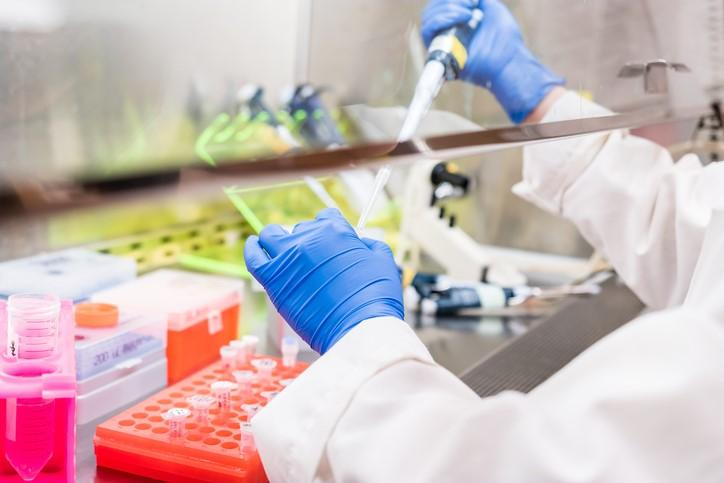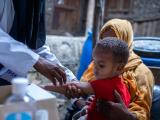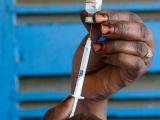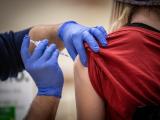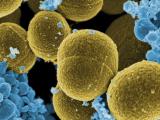From 2007 to 2022, the $46 billion in US investment in global health research and development (R&D) produced dozens of vaccines and drugs, gave rise to $104 billion in economic activity, created 600,000 new jobs, and is expected to spur another $102 billion in industry investments in the United States and beyond.
The funding, which is projected to ultimately generate $255 billion for the US economy, is detailed in a report released last week by the Global Health Technologies Coalition (GHTC) and Policy Cures Research in Australia.
"Public funding for global health R&D is small, relative to the incredible returns it provides for fighting neglected and emerging diseases like malaria, HIV, tuberculosis, Ebola and COVID-19—and for stocking the pipeline with many promising new technologies," Kristie Mikus, DrPH, MPA, GHTC executive director, said in a news release from the Washington, DC–based organization.
Funding helps overcome barriers in poor countries
The report, "Doing Well by Doing Good," examines the return on investment of US funding in global health technologies through agencies such as the National Institutes of Health, the Biomedical Advanced Research and Development Authority, the Agency for International Development, and the Centers for Disease Control and Prevention.
"The report notes that new tools are urgently needed, because these challenges cause a massive loss of life around the world, impede economic progress in low- and middle-income countries, and pose a growing threat to Americans—especially with climate change facilitating the spread of disease," the release said
